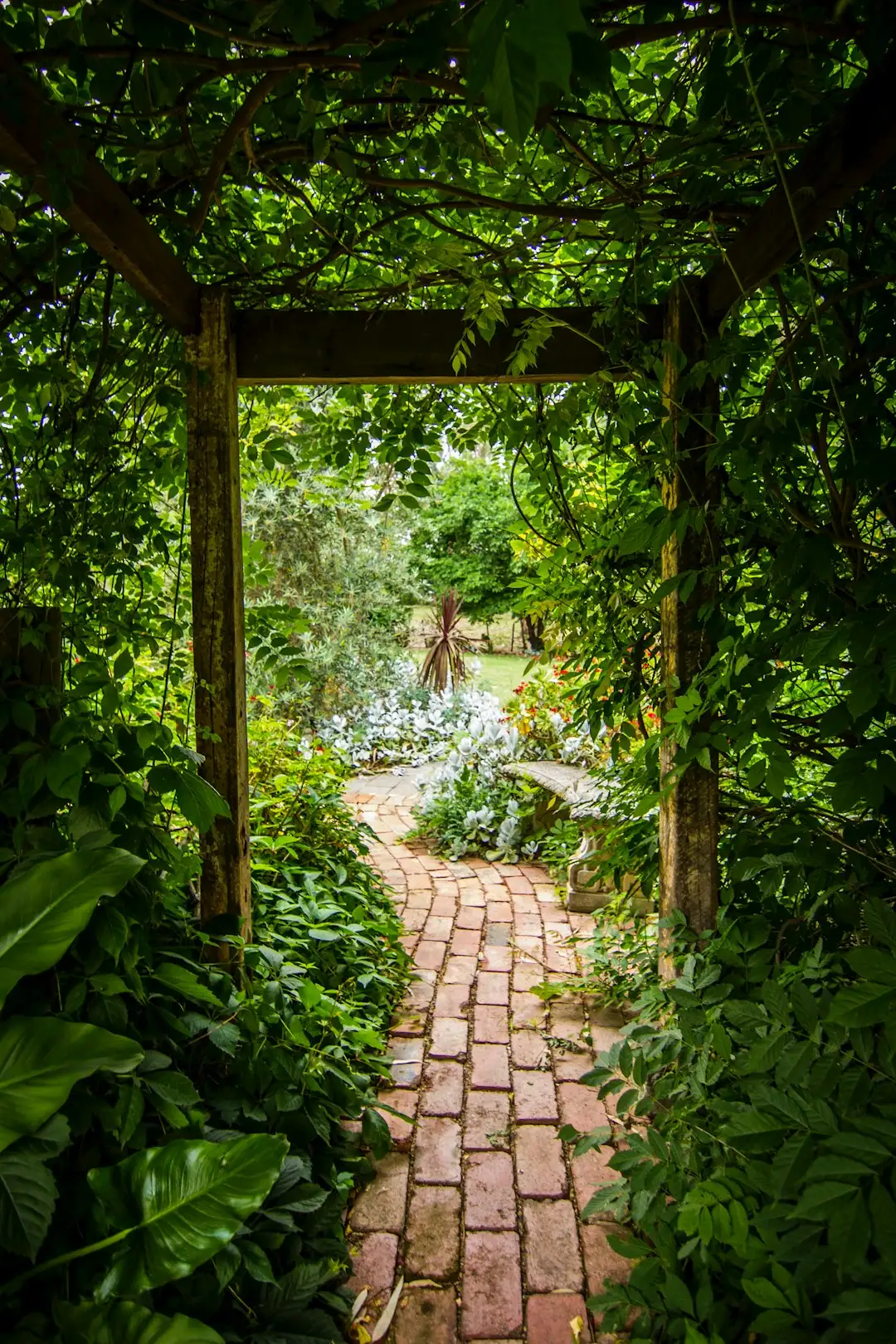The Secret Weapon for a Pollinator - Friendly Garden

Are you looking to transform your garden into a vibrant haven for pollinators? Look no further than adding a native North American shrub to your green space. These shrubs not only add beauty to your garden but also play a crucial role in supporting the local ecosystem by attracting essential pollinators like bees, butterflies, and hummingbirds.
One of the first steps in growing and caring for a native North American shrub is understanding its soil requirements. Most native shrubs thrive in well - drained soil. If your garden has heavy clay soil, you can improve its drainage by adding organic matter such as compost or aged manure. This will help loosen the soil and allow the roots of the shrub to access oxygen and nutrients more easily. On the other hand, if your soil is sandy, adding organic matter can help it retain moisture better. For example, the serviceberry shrub prefers slightly acidic, well - drained soil. By testing your soil's pH level, you can make the necessary adjustments to create an ideal growing environment for your chosen shrub.
Water is another vital factor in the growth and health of your shrub. During the first year after planting, it's important to keep the soil consistently moist but not waterlogged. Newly planted shrubs have a limited root system, and they rely on regular watering to establish themselves. As the shrub matures, its water needs may change. Some native shrubs, like the spicebush, are relatively drought - tolerant once established. However, during long periods of dry weather, it's still a good idea to give them a deep watering to ensure their survival. A good rule of thumb is to water deeply and infrequently rather than giving them light, frequent waterings. This encourages the roots to grow deeper into the soil, making the shrub more resilient.
Sunlight is also a key consideration. Different native North American shrubs have different sunlight requirements. Some shrubs, such as the red osier dogwood, can tolerate partial shade, making them a great choice for areas in your garden that don't receive full sun all day. Other shrubs, like the butterfly bush, thrive in full sun. When choosing a location for your shrub, take note of how much sunlight the area receives throughout the day. If you're unsure about the sunlight conditions in your garden, you can observe the area at different times of the day for a few days to get a better understanding.
Pruning is an important part of shrub care. Regular pruning helps maintain the shape of the shrub, promotes healthy growth, and can also increase flower production. The best time to prune your native shrub depends on its flowering habits. For shrubs that flower on old wood (last year's growth), it's best to prune them right after they finish flowering. This allows the shrub to develop new growth that will produce flowers the following year. For shrubs that flower on new wood (current year's growth), you can prune them in late winter or early spring before new growth begins.
Fertilizing your native North American shrub can also enhance its growth. However, it's important not to over - fertilize. Most native shrubs are adapted to the local soil conditions and don't require a lot of additional nutrients. A light application of a balanced, slow - release fertilizer in the spring can be beneficial. Avoid using fertilizers high in nitrogen, as this can lead to excessive foliage growth at the expense of flower production.
In conclusion, adding a native North American shrub to your garden is a rewarding endeavor. By understanding and meeting its soil, water, sunlight, pruning, and fertilizing needs, you can create a healthy and thriving environment for both the shrub and the pollinators it attracts. So, go ahead and start planning your pollinator - friendly garden today!